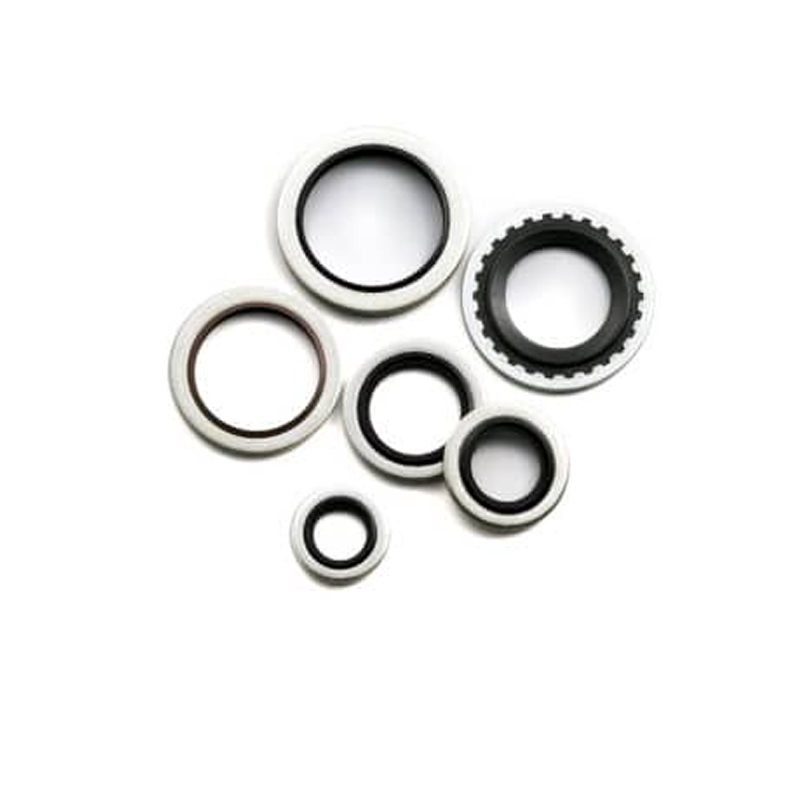Understanding the Benefits and Applications of Bonded Piston Seals in Modern Engineering Systems
Understanding Bonded Piston Seals Innovation in Sealing Technology
In the world of engineering and manufacturing, the integrity of sealing systems is paramount. One innovation that has emerged as a reliable solution for various applications is the bonded piston seal. This component plays a critical role in ensuring that hydraulic and pneumatic systems operate efficiently and effectively, preventing leaks and maintaining pressure.
What is a Bonded Piston Seal?
A bonded piston seal is a type of sealing device designed to fit between a piston and a cylinder. It is typically made from advanced elastomeric materials which are bonded to metal backing or specific housings. This design not only enhances the durability of the seal but also allows it to withstand extreme temperature variations and pressures typical of hydraulic or pneumatic applications.
The bonded structure is especially advantageous because it minimizes the risk of seal extrusion and wear, which can be common issues in conventional seals. The bond ensures that the seal maintains its shape and integrity, even under severe operational conditions.
Applications of Bonded Piston Seals
The applications of bonded piston seals are vast and varied. They are commonly found in industries like automotive, aerospace, manufacturing, and oil and gas. In automotive applications, for instance, these seals help maintain the efficiency of hydraulic braking systems and power steering units. In the aerospace industry, their reliability is crucial for ensuring spacecraft and aircraft perform as designed under immense pressures and dynamic forces.
bonded piston seal

Because these seals can accommodate higher pressures, they are especially useful in hydraulic systems used in construction equipment, elevators, and marine applications. Their ability to maintain a tight seal even in the presence of aggressive fluids makes them ideal for oil and hydraulic fluids typically used in machinery.
Advantages of Bonded Piston Seals
One of the primary advantages of bonded piston seals is their enhanced performance over traditional seals. The bonded design ensures that the seal does not separate from its housing, reducing the likelihood of leaks. Additionally, they provide a better fit and can be manufactured to tighter tolerances, leading to improved sealing effectiveness.
The resistance of bonded piston seals to wear and chemical exposure makes them long-lasting. This durability reduces maintenance costs and downtime, as seals do not need to be replaced as frequently. Companies can realize significant savings over time, making the initial investment in high-quality bonded piston seals worthwhile.
Furthermore, advancements in materials science have led to the development of specialized elastomers that can withstand extreme temperatures, pressure fluctuations, and chemical environments. This allows manufacturers to customize seals for specific applications, enhancing performance and reliability.
Conclusion
As industries continue to evolve and demand greater efficiency and reliability, bonded piston seals stand out as a promising solution. Their design provides a combination of durability, performance, and cost-effectiveness that addresses the modern challenges faced by engineers and manufacturers. Understanding the importance of these seals can lead to better design choices and ultimately enhance the safety and effectiveness of machinery across a range of applications. In a world increasingly reliant on complex hydraulic and pneumatic systems, bonded piston seals represent a small yet crucial component in the larger picture of engineering and manufacturing excellence.
-
Your Essential Guide to Car Repair Kits: From Rust to Dings
News Jun.13,2025
-
Understanding Vital Engine Seals: Key Gaskets in Diesel and Performance Engines
News Jun.13,2025
-
The Vital Role of Bearings in Marine and Boating Applications
News Jun.13,2025
-
Sealing the System: A Complete Guide to Engine Oil Gaskets
News Jun.13,2025
-
Sealing the Foundation: A Complete Guide to Engine and Transmission Pan Gaskets
News Jun.13,2025
-
Essential Bearings and Hubs for Marine Vessels and Trailers
News Jun.13,2025
-
Your Complete Guide to Automotive Oil Drain Plugs and Valves
News Jun.12,2025
Products categories















